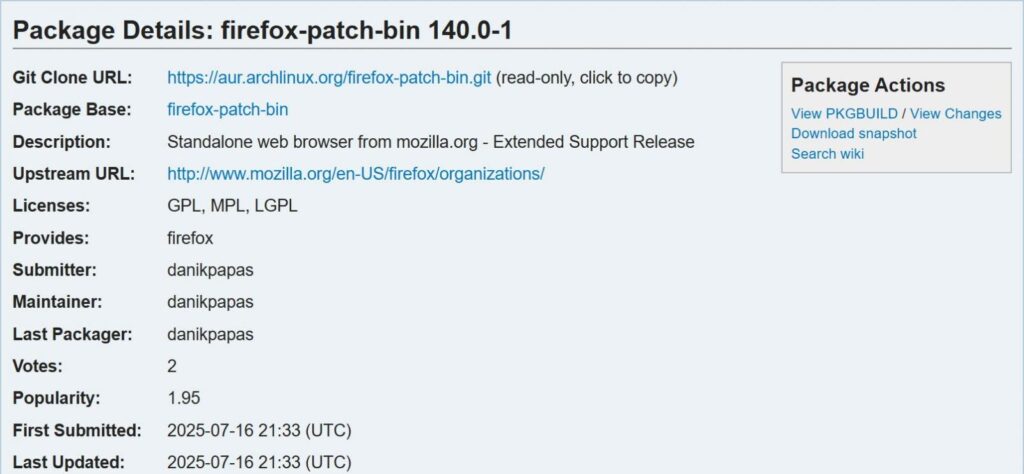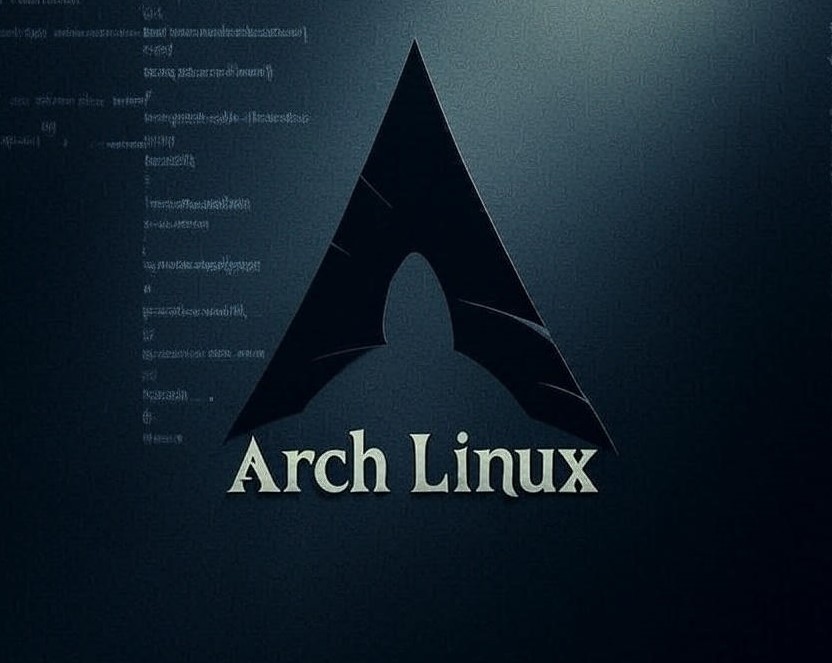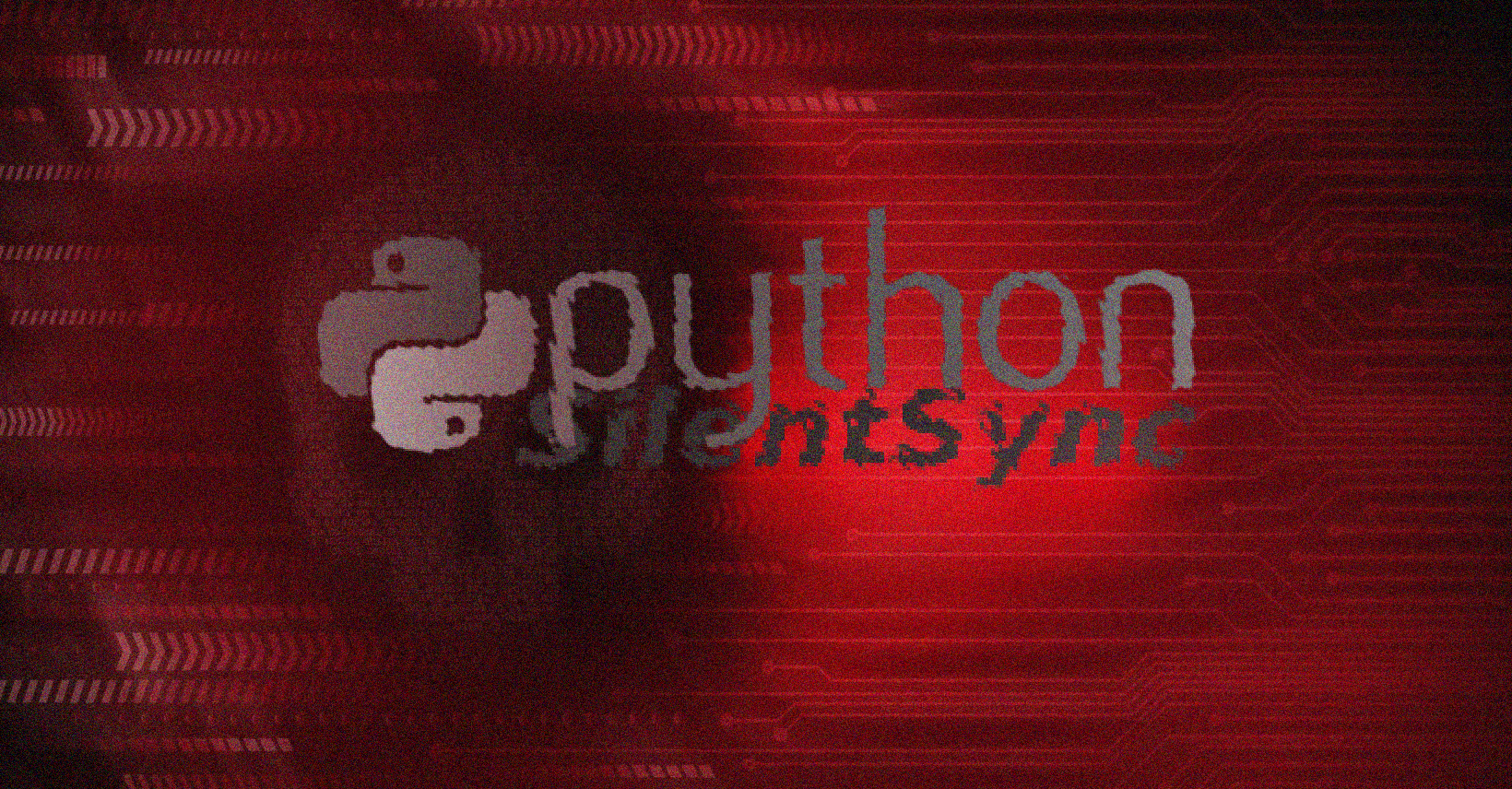On July 21, 2025, security researchers uncovered three malicious Arch Linux AUR packages deploying the remote access trojan known as CHAOS RAT, targeting both mobile and desktop systems. These packages, disguised as legitimate tools, covertly install backdoors enabling attackers to hijack user systems remotely. This article explores the exploit’s technical mechanics, widespread impact, and effective best practices for remote desktop protection and RAT cyber security on Linux platforms.
Technical Mechanics of the CHAOS RAT Exploit
The compromised AUR packages were uploaded under popular names that mimicked system utilities. Once installed, they dropped a stealthy CHAOS RAT binary into /usr/bin/ and modified startup scripts to ensure persistence. The trojan established encrypted command-and-control communication channels over a custom protocol, allowing attackers to issue commands remotely, exfiltrate files, and activate cameras or microphones when available.
This method reflects a classic remote access trojan strategy: embed a covert payload within legitimate software. The attackers targeted Arch Linux’s user-driven AUR ecosystem, trusting that package verification was performed manually. By infiltrating during the upload stage, the CHAOS RAT bypassed manual inspections, as package code appeared benign. Users who built the packages unknowingly compiled the malicious components alongside genuine content, unknowingly enabling a full-featured backdoor.
Detailed reverse-engineering reveals that CHAOS RAT includes modular components for keylogging, screen capture, camera activation, and file movement. The RAT was compiled to support both ARM and x86 architectures, indicating the attacker’s intention to target mobile Linux distributions along with desktop installations. This dual-platform support illustrates the expanding risks within Linux environments, where RAT cyber security has traditionally been overlooked.

Malicious AUR Packages (via BleepingComputer.com)
Impact and Prevalence in Mobile and Desktop Users
The installation of the CHAOS RAT payload went undetected by standard Linux malware scanners, which rarely monitor network or file-system anomalies at install time. Mobile users running Arch-based distributions on ARM (such as smartphones or embedded devices) were equally at risk. Since the RAT retains network persistence and communicates over HTTP/HTTPS ports, it blends in with typical traffic, evading firewalls and network monitoring tools. This quiet data exfiltration mirrors tactics seen in the SS7 surveillance attack, where remote tracking was performed without any user interaction or local traces.
Affected users reported suspicious connection attempts from external IP addresses shortly after package installation. In some cases, attackers initiated remote desktop sessions to harvest credentials or modify system settings. The ability to remotely view screens and inject input underscores the severity of this remote desktop breach. Limited incident reports suggest that the malicious packages have been downloaded hundreds of times, with infected users likely unaware of the compromise.
Security monitoring teams highlight that Arch Linux’s model—emphasizing rapid updates and community trust—offers fertile ground for such threats. Unlike distributions curated by corporate maintainers, the AUR community assumes users will vet packages manually. However, the presence of sophisticated malware like CHAOS RAT demonstrates the flaw in this assumption.
Underlying Risks in Linux’s AUR Ecosystem
The Arch User Repository exists as a community-maintained collection of user-submitted PKGBUILDs. These scripts ease software compilation without official review. The CHAOS RAT incident reveals how malicious actors can exploit this trust model to deliver potent backdoors. Without digital signing or repository-level malware scanning, even seasoned users can inadvertently execute trojan code.
This episode serves as a reminder that rat cyber security is not confined to Windows or macOS. Linux users often assume they’re immune to advanced malware, yet the CHAOS RAT offers full keylogging and remote control—attacker goals traditionally associated with commercial RAT families. The mobile Linux vector also marks an escalation in Linux-specific threats that extend beyond server environments.
The threat extends to the broader open-source community. A compromise of this nature damages trust not only in Arch but across community-driven ecosystems. Attackers can replicate similar tactics across other distribution platforms that rely on user submissions. The presence of cross-platform RATs like CHAOS RAT demands rethinking how trust is managed in open-source workflows.
Securing Against CHAOS RAT
To defend against similar threats, users must implement tighter controls over software sources. As seen in the Dior retail breach caused by a supply chain cyberattack, attackers often exploit trust assumptions in external dependencies — whether through APIs or community packages — making verification and containment essential. Enabling SIGPREFILLED GPG verification on AUR packages can help detect altered PKGBUILDs. Additionally, compiling packages in isolated containers or virtual machines prevents post-install persistence on the main system. These measures mirror how remote access trojan detection integrates within enterprise desktop protection solutions.
Maintaining system-level firewall rules that log unexpected outbound connections can alert users to RAT-style communication. Remote desktop tools should be restricted to connection whitelists only. Users may consider using open-source anti-malware tools like ClamAV and Maldet; while not fully effective against sophisticated trojans, they add a layer of detection for unusual binaries.
Community-driven initiatives are underway to enhance remote desktop protection and RAT monitoring on Linux. Tools like OSSEC and Wazuh support integrity monitoring and real-time alerting for unauthorized file changes. Arch developers also plan to implement a package signature system for AUR submissions, which would require sign-off from multiple trusted users. These changes could drastically reduce the window for RAT deployment.





